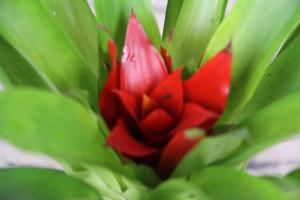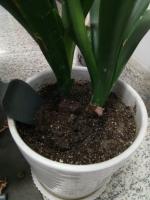What Is My Plant Zone
When it comes to gardening and growing plants, one of the essential things to consider is the plant zone you live in. Every plant requires different conditions to grow, including temperature, humidity, and soil type. Understanding your plant zone will help you determine which plants are most suitable for your area and how to take care of them properly.
Determining Your Plant Zone
The plant zone system is developed by the United States Department of Agriculture (USDA) to help gardeners identify suitable plants to grow based on their location. The system is based on the average annual minimum temperature, it is divided into 13 zones, 1 being the coldest and 13 being the warmest. Therefore, you can determine your plant zone by knowing the average temperature in your area.
You can use the USDA Plant Hardiness Zone Map to determine your plant zone. This map divides the country's climate into thirteen zones, with each zone being defined by the average yearly minimum temperature experienced in that location. By knowing your plant zone, you can make informed choices about which plants will thrive in your area and which ones you may need to avoid.
How Plant Zones Impact Your Gardening Choices
Different plants thrive in different environments, and plant zones serve as an excellent guide to selecting the right plants for your location. If you live in a warm climate with little rainfall, you'll want to select plants that require less water, like cacti or succulents. If you live in a cold climate, you'll want to select plants that can withstand freezing temperatures and heavy snowfall, like Christmas trees or evergreens.
In addition to selecting plants that thrive in your zone, you'll also need to consider planting seasonality. Understanding when plants are dormant, growing, and blooming in your area will help you plan accordingly. Local garden centers and state agricultural extension offices can be great sources of information.
Taking Plant Zone Into Account When Landscaping
Plant zone information can also be useful when designing your landscape. If you want an outdoor garden or landscaping project, choose plants that are native to your area as they are well adapted to the local environment. It will require less water, fertilizer, and are more likely to survive in extreme weather.
You can also use plant zones to create microclimates. By carefully selecting plants in different zones, you can create a variety of environments on your property. For example, if you live in a colder zone, you might plant a south-facing slope with heat-loving plants to create a warmer microclimate. If you live in a warmer zone, you might plant a north-facing slope with shade-loving plants to create a cooler microclimate.
Conclusion
Determining your plant zone will help you create a garden that thrives in your local climate while minimizing water usage and reducing the risk of disease or plant failure. It may take some time for you to identify which plants will work best in your area, but the effort will be worth it. By taking plant zones into account when gardening, you can create a beautiful and sustainable landscape that you can enjoy for years to come.

 how many times do yo...
how many times do yo... how many planted tre...
how many planted tre... how many pine trees ...
how many pine trees ... how many pecan trees...
how many pecan trees... how many plants comp...
how many plants comp... how many plants can ...
how many plants can ... how many plants and ...
how many plants and ... how many pepper plan...
how many pepper plan...
































